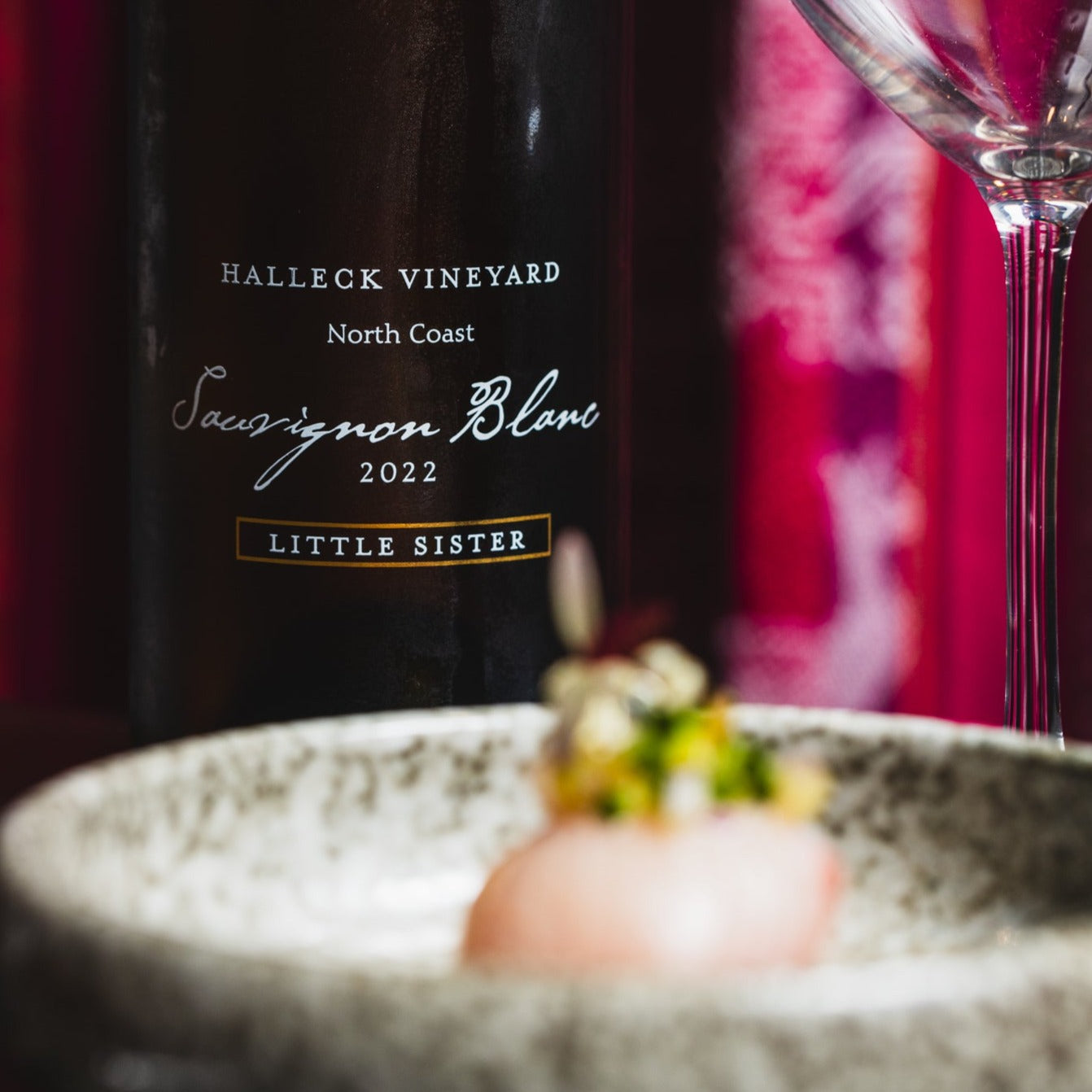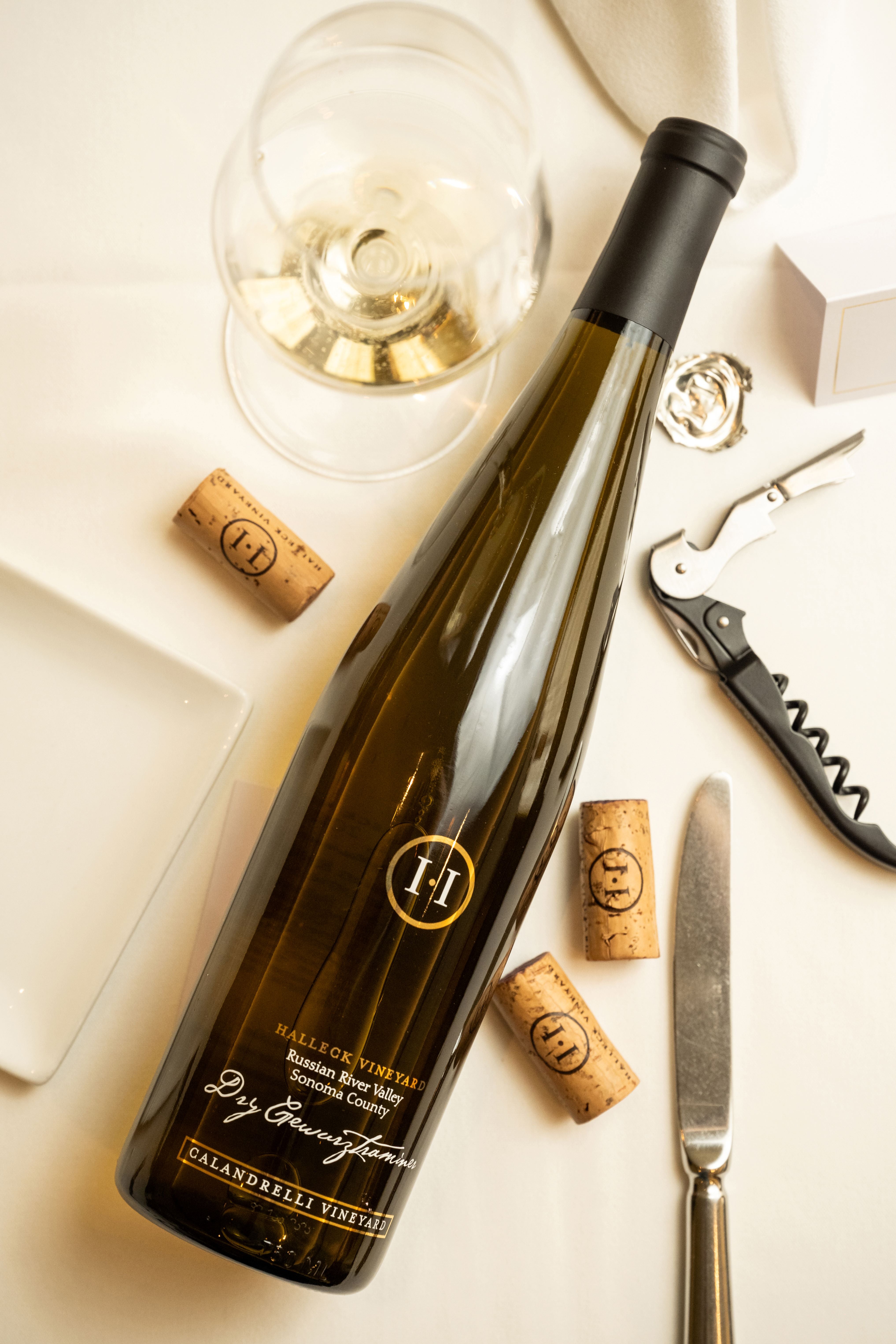Visit Small Wineries in California
Boost Your Wine Tasting with Onsite Dining
Understanding the nuanced vocabulary associated with winery wine tasting is essential for both novices and seasoned connoisseurs alike. Each term brings to life the experience of tasting wine and might improve one’s appreciation of the many intricacies concerned. Wine tasting is extra than simply drinking; it's an art that includes numerous senses and feelings.
To start with, the term "nostril" refers back to the aromas one detects when smelling the wine. This is an important step as a outcome of the bouquet sets the stage for the tasting experience. Notes of fruit, spice, earth, and wood might mingle, providing a glimpse of what the palate may verify. Understanding "nosing" the wine can dramatically elevate one's sensory journey.
Another key facet is the term "body." The body of the wine describes its weight and fullness on the palate. A full-bodied wine has a strong presence and tends to linger longer after swallowing. Conversely, light-bodied wines may feel more delicate and refreshing. Recognizing the body helps tasters assess the wine's structure and balance.
Attend Gourmet Experiences in Sonoma County
The idea of "tannins" is important in purple wine tasting. Tannins are compounds derived from grape skins, seeds, and stems, contributing to a wine's texture and getting older potential. High tannin wines often end in a dry mouthfeel, whereas decrease tannin levels yield a smoother experience. This distinction is especially necessary when pairing wines with food, as tannins can both complement or conflict with sure dishes.
In addition to tannins, "acidity" performs a significant position within the wine tasting experience. Acidity offers wine its crispness and liveliness - The Ultimate Guide to Exploring Wineries in Sebastopol. Wines with greater acidity are usually refreshing and energizing, making them wonderful companions for quite lots of meals. Recognizing acidity can drastically improve one’s food-pairing capabilities and general tasting enjoyment.
When delving into the flavour profile of a wine, one may encounter the term "end." The finish refers to the aftertaste that lingers in the mouth after swallowing. A long end is commonly associated with high-quality wines, because it signifies complexity and depth. A short end may recommend a simpler wine. Understanding how to evaluate the end can reveal a lot about a wine's character.
Exploring the "vintage" can be integral to wine tasting terminology. The vintage denotes the 12 months in which the grapes have been harvested. Completely Different years can yield vastly completely different results as a end result of variations in local weather conditions. For instance, a scorching summer season can produce more concentrated flavors, while a cooler 12 months would possibly yield more delicate, nuanced wines. Understanding vintage permits for a deeper appreciation of a wine’s origin and potential.
Undiscovered Wineries in California You Cannot Miss 95403
The term "terroir" encompasses the geographical and environmental components that contribute to a wine's unique character. Components similar to soil type, local weather, elevation, and topography all play a role within the flavor and quality of the wine. This connection to put helps one perceive why wines from totally different regions can taste so distinctively different, even when produced from the same grape variety (Unveil the Best Wineries in Sonoma County for Outstanding Wine Tasting Experiences).

When participating with wines, the phrase pop over to this web-site "leg" refers again to the droplets that kind on the within of the glass after swirling. These droplets can indicate the wine's alcohol content and viscosity. Whereas observing the legs might not instantly relate to the wine’s taste, it provides to the general experience and intrigue of wine tasting much less transparent.
Sample the Top-Rated Wines from Russian River Valley
A more specific term that may arise during tastings is "oak." The influence of oak barrels on wine can impart flavors similar to vanilla, toast, or spice. The degree of oak growing older can range broadly amongst wines, affecting each aroma and style. Understanding oak therapy supplies insights into the winemaker’s selections and the ensuing complexity of the wine.
In wine tasting, one may also hear the term "palate." The palate refers back to the overall style experience within the mouth. This encompasses sweetness, bitterness, acidity, and physique. A well-balanced palate is crucial for a harmonious tasting experience, and recognizing any imbalances helps assess the standard of the wine.
The experience of wine tasting is significantly enriched by understanding the terminology that accompanies it. Each term serves a purpose, enhancing the ability to convey thoughts and feelings in regards to the wine one's experiencing. This vocabulary bridges communication between tasters, sommeliers, and winemakers alike.
To absolutely take pleasure in wine tasting, it is important to interact all senses. The sight of the wine, its colour, and clarity can provide insight into its age and quality. Swirling the wine releases aromas that heighten the olfactory experience, whereas the precise tasting permits for an entire evaluation of the wine's profile.
Experience the Secret Treasures of Sebastopol Wineries 95403
In conclusion, understanding the detailed rationalization of winery wine tasting terminology tremendously enhances the experience of tasting. Every term invitations the taster to interact extra deeply with the wine, encouraging connections to the senses, the winemakers, and the lands the place the grapes are grown. This nuanced vocabulary creates a richer, extra fulfilling wine tasting experience.
- Aroma refers back to the scents released by the wine, which might point out its grape variety and influence the tasting experience.
- Tannins are natural compounds found in grape skins, seeds, and stems, contributing to the wine's structure and growing older potential.
- A end, or aftertaste, is the lingering flavor sensation that continues to be on the palate after swallowing, often a key indicator of quality.
- Body describes the weight and fullness of wine in the mouth, typically categorized as light, medium, or full-bodied.
- Terroir denotes the distinctive environmental traits of a winery that have an result on the style and high quality of the wine, together with soil kind and local weather.
- Acidity is a important part that contributes to a wine's freshness and steadiness, impacting its getting older functionality and general flavor profile.
- Vintage signifies the yr grapes have been harvested and plays a big position in determining the wine's characteristics, reflecting specific weather conditions.
- Decanting entails pouring wine from its bottle into one other vessel, permitting it to aerate and enhancing its flavors and aromas.
- A corked wine could additionally be tainted by a faulty cork, resulting in musty or off-putting flavors that detract from the wine's intended profile.
- The term “legs” refers to the droplets that cling to the inside of a glass after swirling, often associated with the wine's alcohol content material and viscosity.undefinedWhat is the meaning of "nostril" in wine tasting?undefinedThe "nostril" refers to the aroma profile of the wine, which is detected via the sense of scent. It's an essential side of wine tasting, as aromas can reveal so much concerning the grape variety, winemaking process, and getting older.
How ought to I properly taste wine?undefinedTo style wine successfully, follow these steps: observe the colour, swirl the wine to aerate it, take a delicate sniff to capture the aromas, sip and let it coat your palate, and finally, note the end. This method helps in appreciating the wine’s complexity.
What are "tannins" and how do they have an effect on wine?undefinedTannins are pure compounds found in grape skins, seeds, and stems that contribute to a wine's structure and astringency. They can create a drying sensation within the mouth, and so they also play a task within the wine's aging potential.
Favorite Wine Tours in Sebastopol and Sonoma 95468

What does the term "balance" imply in wine tasting?undefinedStability refers back to the concord between the totally different components of a wine, similar to acidity, sweetness, alcohol, tannin, and flavor intensity. A well-balanced wine may have each of those elements supporting each other rather than overpowering the others.
What is the importance of "terroir" in wine tasting?undefinedTerroir encompasses the environmental factors—such as soil, climate, and geography—that affect the traits of the wine produced in a specific area. Understanding terroir helps tasters respect the distinctive qualities that completely different regions impart to their wines.
What does "vintage" imply and why is it important?undefined"Vintage" indicates the 12 months when the grapes have been harvested. It is essential as a outcome of it affects the wine’s high quality and characteristics, as click this site climate conditions through the rising season can significantly affect flavor profiles and aromatics.
What are "legs" and what do they signify?undefined"Legs" refer to the droplets that type and run down the inside of a glass after swirling wine. Whereas they'll indicate alcohol content material and viscosity, they do not determine quality—this is extra about personal perception of richness.
Taste the Finest Wines from Sonoma
What does "full-bodied" imply versus "light-bodied"?undefined"Full-bodied" wines are rich, dense, and infrequently have greater alcohol content and complicated flavor profiles, whereas "light-bodied" wines are more delicate and refreshing with a decrease alcohol content. This distinction helps tasters understand the anticipated weight and mouthfeel of the wine.
How can I determine fruit flavors in wine?undefinedTo identify fruit flavors, contemplate the aroma and taste profiles. Swirl the wine, inhale deeply to seize the bouquet, and focus on specific traits. Familiarity with typical fruit profiles of various grape varieties can improve this identification process.
What is "end" in wine tasting?undefinedThe "finish" refers again to the aftertaste that lingers within the mouth after swallowing. A long, complicated finish is usually a sign of high quality in a wine, as it displays the depth of flavor and overall craftsmanship within the winemaking process.